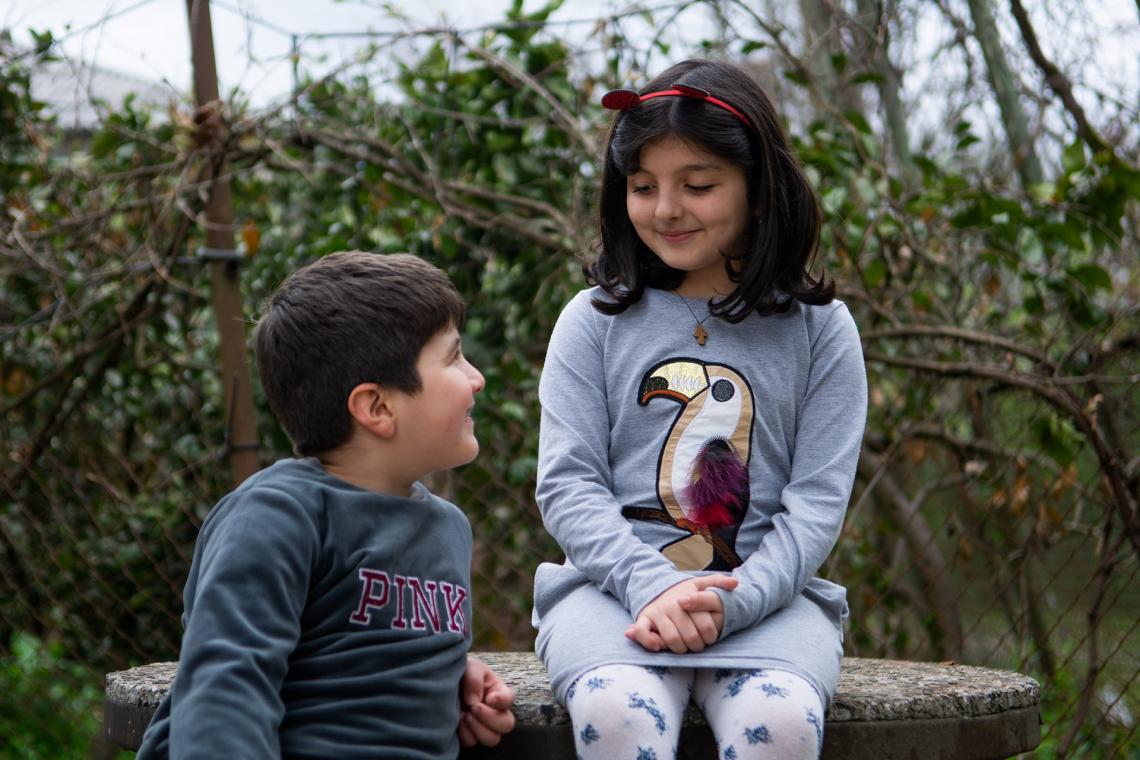In Kvatsikhe, four-year-old Barbare is strutting around her living room wearing her fluffy bunny slippers. She wants to put on some children’s lipstick and nail polish but her mother, Giuli, refused her request, cautious about her daughter using makeup or any other product that could contain lead. Barbare was one of the 1,578 children who participated in the 2018 MICS survey. Barbare’s reading of 13.2 μg/dL was well above the minimum threshold for concern of 5 μg/dL. Giuli said that Barbare started talking quite late and that her son was born with cerebral palsy.
I was scared when I was told that (lead) hinders development.
Giuli, Barbare's mother
In the Adjara Autonomous Republic region, where around 85 per cent of children had lead levels at or above 5 μg/dL and half had levels at or above 10 μg/dL, nine-year-old Nutsa also participated in the study and had an even higher lead level - at 37.2 μg/dL. Dr. Irma Chikvaidze, a paediatrician at a clinic in Batumi, the capital of Adjara, says that little was known about the problem when the results first came out. “We had some theoretical knowledge, that was all,” she says, adding that the findings may shed light on the high number of unresolved cases of slow childhood development she has seen. As part of the national strategy, Dr. Chikvaidze and other medical personnel were provided with additional training to hone their understanding of the problem – including how to identify and respond to potential cases – and to encourage knowledge sharing among colleagues. “Children with developmental issues are now being referred for lead tests,” Dr. Chikvaidze says. “Everyone I know [has] wanted to get tested.”

Nutsa, right, has bi-monthly check-ups with doctors to monitor her blood lead levels.
After receiving the results of the study, both Barbare and Nutsa received comprehensive medical assistance free of charge. As a result, Barbare’s BLLs have decreased to 7.9 μg/dL, while Nutsa’s have more than halved. “I think we were lucky to be part of this survey because now we are receiving special care,” says Giuli. She says that other mothers at her daughter’s kindergarten now come to her for advice on how to protect their children.